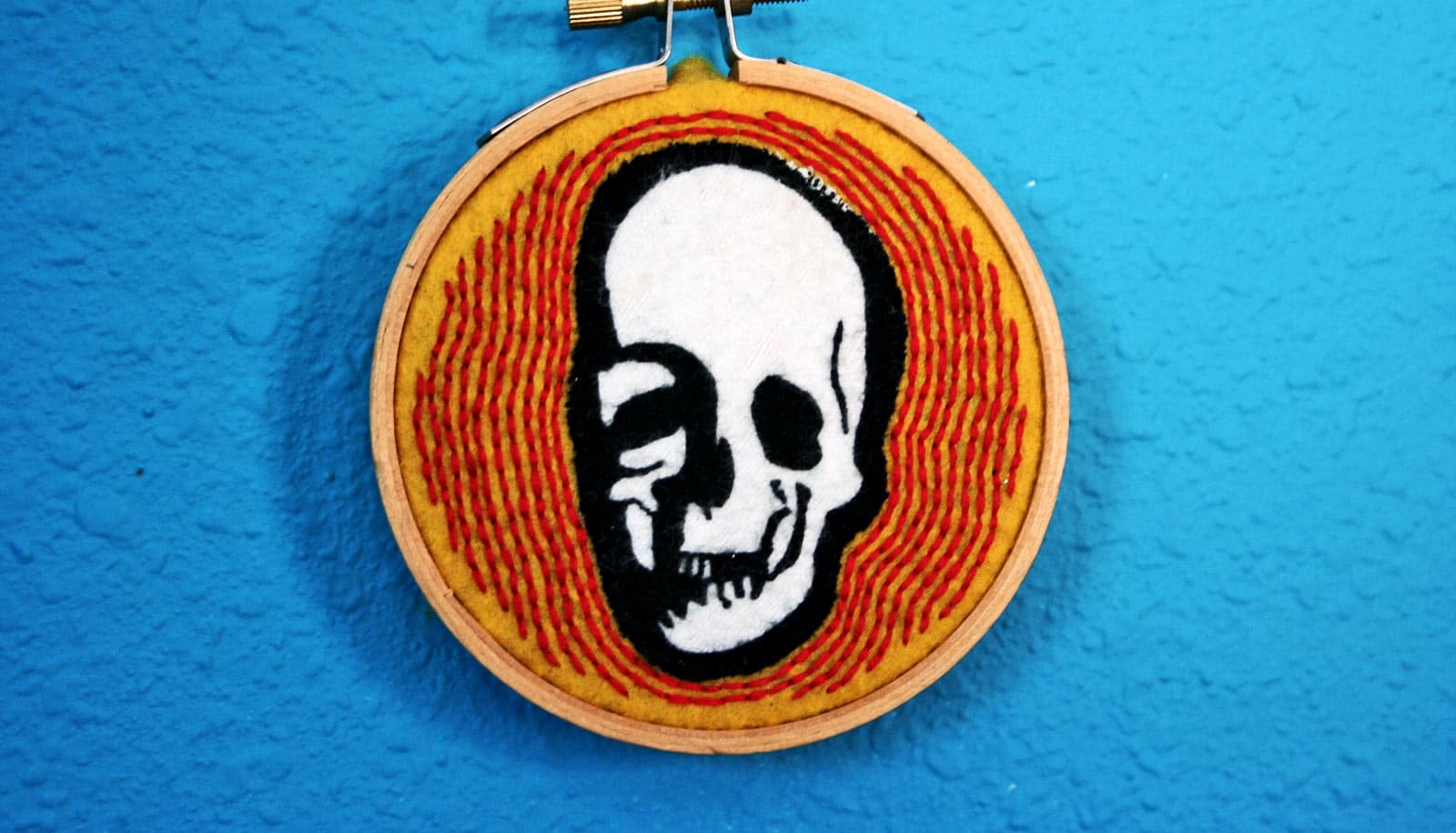The postmortem microbiome, populations of micro-organisms that move in after death, can provide crucial insights into public health, a new study shows.
What’s telling is that regardless of many factors—sex, ethnicity, or even type of death—the microbiome is consistent and distinct, depending on the number of days after death.
With partnerships between forensic entomologists and medical examiners, police and medical communities are beginning to see the value this research can provide.

Researchers are now “routinely providing kits to collect microbial and bug samples from bodies as part of ongoing investigations,” says lead author Jennifer Pechal, a forensic entomologist and microbial ecologist at Michigan State University. “It’s now standard protocol at the Wayne County Medical Examiner’s Office, and data from more than 1,600 cases have been collected so far.”
The research initially began in order to better understand the bugs and microbes present and what they can tell investigators about the recently deceased. Just like on TV, the first 48 hours of an investigation are critical. The organisms found on a body can help estimate the time of death.
“The microbial stopwatch, as it has been recently called, is a telling timepiece that can assist us in determining when someone died,” says coauthor Eric Benbow, a forensic entomologist and microbial ecologist.
“It’s comparable to a town with a changing population: a company starts up, and an entire new population moves in. In death, that microbial population is different after two days, and it completely turns over again a few days later.”
Investigators now regularly use the collection protocol in examining deaths. One noteworthy case involves a mother who stored her two dead children in a freezer. The microbial data were the first researchers used to understand how the postmortem microbiome changes in unusual circumstances of death and concealment, in this case when bodies are frozen.
The ever-growing dataset is painting a picture of the public health—of the living—including many populations that the medical community underserves and understudies. For the first time, researchers are showing that sampling the postmortem microbiome may have public health surveillance importance like monitoring the diversity and frequency of antibiotic resistant genes from the general population.
Additionally, while the deceased may have died of a drug overdose, the microbe research can also reveal if the person suffered from heart disease.
“During the first 48 hours, the samples we’ve gathered from a predominantly industrial-urban population confirmed that microbial biodiversity is a predictor of the host’s health conditions, such as heart disease, when they were living,” Pechal says.
Microbiome database spans 7 continents, 27,000 samples
“We’ve demonstrated that this microbiome could be an effective tool for assessing the health of living populations.”
Along with partnerships with Genesee County (Michigan) and other medical examiners across the Midwest, the researchers have forged agreements in France, Italy, and Austria.
In late April, the researchers will participate in the European Association of Forensic Entomology in Munich. After the conference, they will meet with their partners in Salzburg, Austria, to fine tune their international postmortem protocols.
The researchers report their findings in Nature Scientific Reports.
Additional collaborators from the Wayne County Medical Examiner’s Office and Mississippi State University worked on the research.
Source: Michigan State University



